“In evangelization,” Bishop Baron has said, “start with beauty.”
There is a problem with this. Bishop Barron is assuming that beauty, unlike ethics, is accessible to everyone. Many people do not get beauty. Perhaps as many as do not get ethics.
Attending a writers’ meet last evening, I was disappointed that nobody else pointed out the beautiful turns of phrase the featured writer used. “Warmoon.” “None of man, none of nonsense.” “Only the steel husk of empires.”
“He really ought to be a poet,” I observed.
“Why? You can have beautiful language in prose.”
You can, up to a point, but then what is the difference between prose and poetry? Poetry is, definitively, beautiful language: “the best words in the best order,” per Coleridge. If the beauty of the language is the focus, that is poetry, not prose.
I gather that poetry was invisible to those present, because beauty in language was invisible to those present—none of them, after all, noticed it in the passage. To them, although writers, writing was apparently about entertainment—an exciting and captivating plot.
One can, of course, have an exciting or captivating plot in either poetry or prose. See Beowulf, or the Odyssey. But put it in beautiful language, and it is poetry.
Even in a supposed poetry group I attended a week ago, a group of published poets, I found no sensitivity to beauty of language. All were to submit a poem on the theme, “on Earth we are all briefly gorgeous.” All submitted, with no special elegance, an expression of some trauma they experienced personally; as if poetry was about venting emotions or grievances. It was only a matter of “my suffering is greater than your suffering.”
This is psychotherapy, not poetry.
Worse, psychotherapy doesn’t work. It leads only to narcissism.
When I remarked to a well-intentioned friend that I found a particular woman unutterably beautiful, he assumed I wanted to hook up with her. Despite being married.
We seem to commonly associate beauty with mere sexual attractiveness. With a physical rather than a spiritual pleasure.
Most people say they get a sunset. I wonder… do they? Or do they just know they are supposed to?
Most people seem to like music. But are they reacting only to some physical sensation, like the urge to move your body and feel the healthy stretch of muscles and deep breathing?
Entire religions seem not to get beauty: Islam, with its iconoclasm, banning visual representations. Protestantism, wanting once to ban dancing, the theatre, and celebrations like Christmas. Such things were, according to the Puritans, if not idolatrous, sinfully frivolous.
This is disturbing, because beauty is one of the three transcendentals, along with the true and the good, from which value itself comes. God himself is definitely, as St. Augustine formulated it, perfect beauty, perfect truth or being, and perfect good.
“Late have I loved you, O Beauty ever ancient, ever new, late have I loved you!”
To be insensitive to beauty is to turn away from God.
And I think we are losing our sense of beauty in recent years. The world is getting uglier. The arts seem moribund.
Perhaps Bishop Barron is right, however. Jesus did not come for everyone; he makes this clear in the Beatitudes. Perhaps sensitivity to beauty is the sign that you are of his flock.
Cultures differ widely in their ability to appreciate beauty. The English, Germans, and Americans have no sense of beauty. The Romance nations, France, Spain, Italy, are good at it. So are the Slavs, and the Celts. The Koreans are much better at it than the Japanese or Chinese.
In Canada, it is easy to see the difference. Toronto has little beauty. Even the people are slovenly in dress. In Montreal or Quebec City, there is beauty around every corner. The beauty in Ontario is only in small towns settled by the Irish or Scots: Westport, Perth, Elora. Saint John, heavily settled by the Irish, is awash in beauty, the houses brightly coloured.
Why the difference? To some extent, no doubt, religion—the difference between Catholic and Protestant—has its influence. But it also seems to me that the ability to appreciate beauty is related in some mysterious way to the experience of suffering. Jesus more or less says this in the Beatitudes.















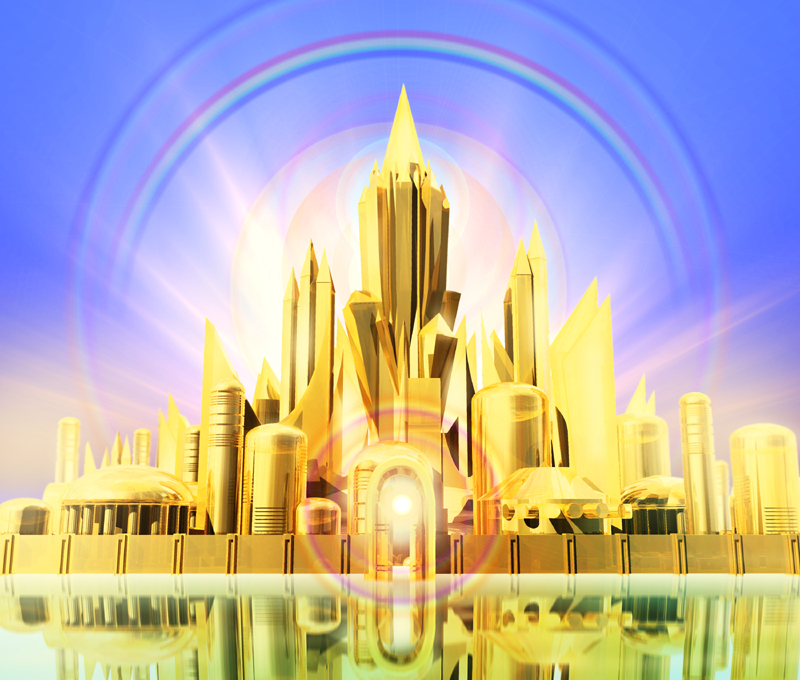
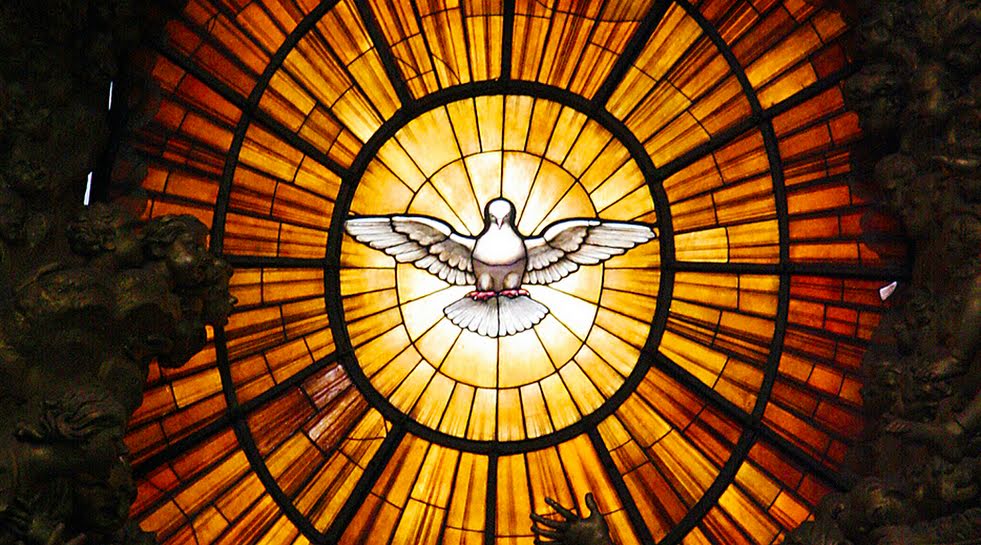



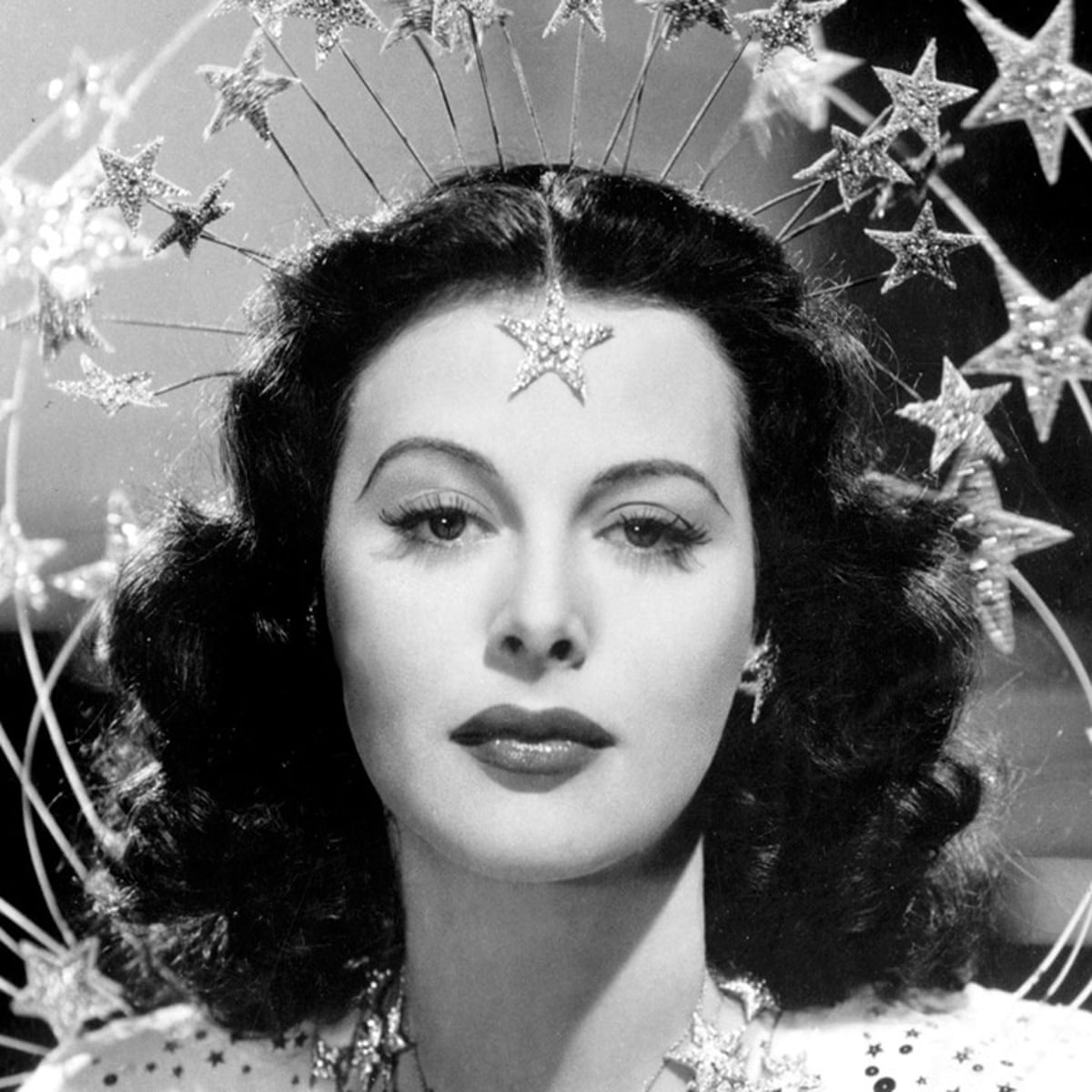



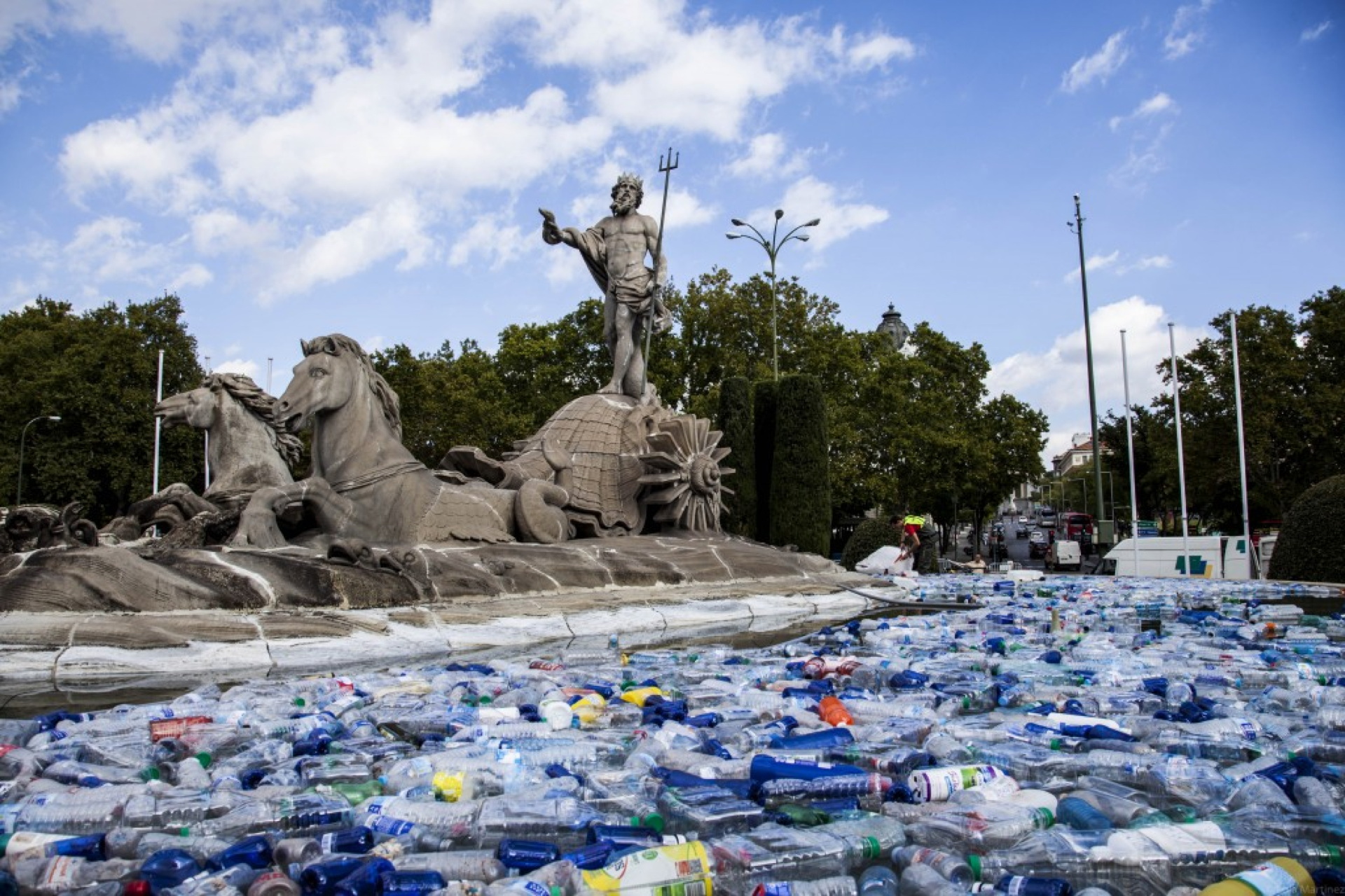
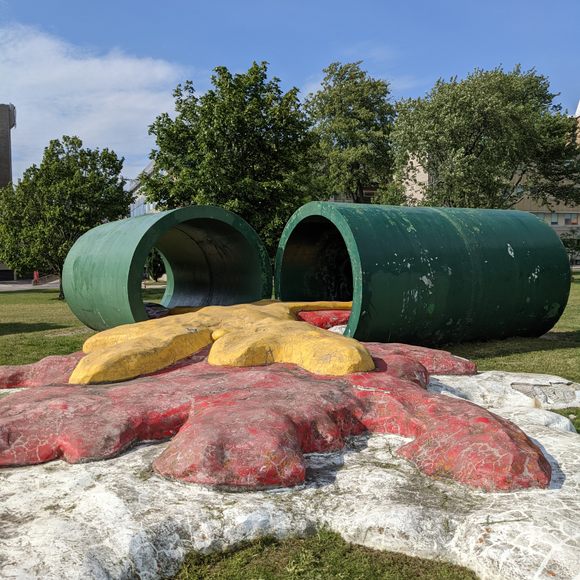

_(2).jpg)

































